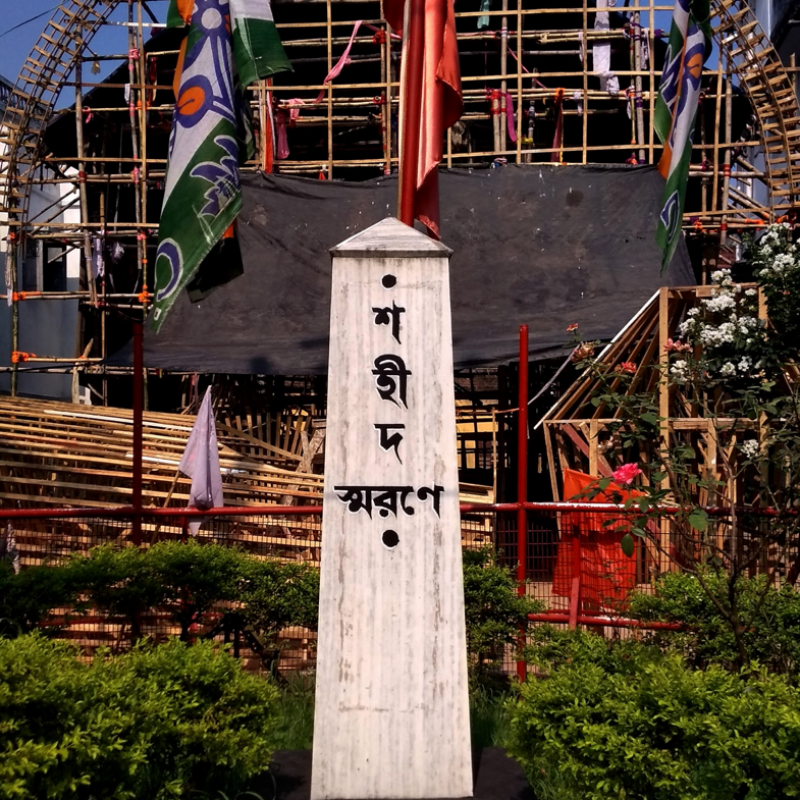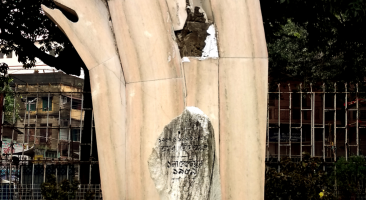Kolkata/Calcutta had witnessed a series of popular movements in the first three decades after Independence/Partition. These movements, led by Left political parties, witnessed massive participation of students and teachers, refugees and labourers, women and the middle class. They came out on the streets of Calcutta demanding affordable public transport (1953), fair wage (1954), proper rehabilitation (1950s–1960s), adequate and affordable food (1959,1966) and finally in support of the peasant movements across Bengal (Naxalbari Movement, 1967–c.1975). These movements were crucial in shaping the polity, economy, society and culture of the city. They are remembered in literature, films, Left intellectual circles and certain political circles. The academic history of this period, however, is at a nascent stage. Moreover, they appear to have left very little mark on the urban body itself. The period remains largely invisible, whereas the remains of the Raj or the neoliberal infrastructural/aesthetical interventions are very visible in Kolkata. This module, in the first place, explores and documents some of the traces of these movements and of the politics of this period in the built environment of Calcutta. Moreover, this module tries to understand why Calcutta became a perpetual site of mass insurrections in these decades. How did the layout of the city aid this mass politics? By using archival and ethnographic methods, the project recovers and documents the less visible remains of these tumultuous times. This is important and urgent for a city that is popularly characterised by students’ movements, labour unrest, meetings, strikes and political processions, as this period formed a crucial part of Calcutta’s political heritage.

Anwesha Sengupta
Anwesha Sengupta teaches history at Institute of Development Studies, Kolkata. She holds a PhD from the Centre for Historical Studies, Jawaharlal Nehru University, New Delhi. Her areas of interests include partition and decolonisation, popular politics in early postcolonial South Asia, and urban history.



